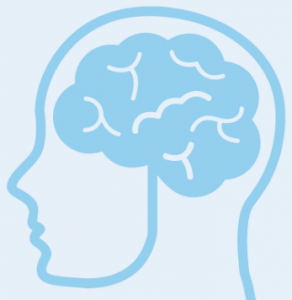 The brain has hit the big time. Between the Obama Administration’s BRAIN Initiative, and the European Union’s Human Brain Project (both ten-year, multi-million-dollar undertakings), we can expect to gain a much more detailed understanding of this organ that distinguishes us most from our closest species-relatives.
The brain has hit the big time. Between the Obama Administration’s BRAIN Initiative, and the European Union’s Human Brain Project (both ten-year, multi-million-dollar undertakings), we can expect to gain a much more detailed understanding of this organ that distinguishes us most from our closest species-relatives.
As highlighted in the recent Kristin Anderson Moore Lecture presentations at Child Trends, one of the remarkable features of the brain is its plasticity. With new imaging tools, researchers like our presenter Dr. Jane Roskams, from the Allen Institute for Brain Science, are demonstrating that important learning (as evidenced by new neural connections) can happen, even into late life, particularly in the prefrontal areas of the cortex. In some cases, parts of the brain that have been damaged can be repaired, and in others their function can be taken over by other brain regions not normally “assigned” to that job.
Another special characteristic of the brain is that, like other systems—though the brain is perhaps the most complex system we know of—it is more than the sum of its parts. An active brain has emergent properties—things it can do that are not “located” anywhere in its structure, but “emerge” from the coordinated operation of multiple components; the oft-cited example is what we call “consciousness.”
[For more of this story go to http://www.childtrends.org/brain-gain-implications-for-programs-for-children-and-youth/#sthash.IxGdrRtA.dpuf]



Comments (1)